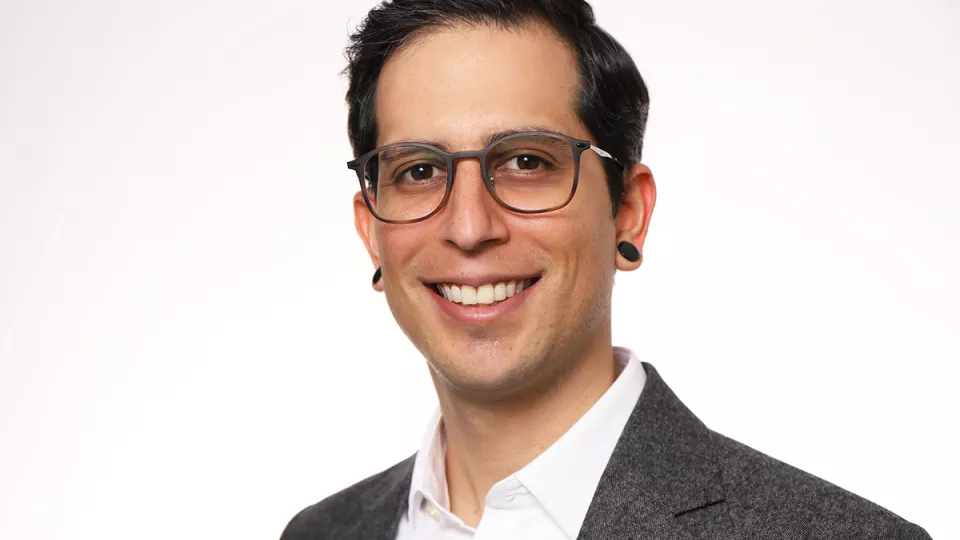The mathematics programme is a long-term initiative by the Knut and Alice Wallenberg Foundation. Between 2014 and 2029, it is hoped that SEK 650 million will be awarded to Swedish mathematical research. Each year, the programme sees both early-career and more experienced, senior mathematicians recruited to Sweden. At the same time, early-career Swedish mathematicians have the opportunity to travel internationally for a postdoc position.
Congratulations Gustavo, you are one of 18 mathematicians who will share SEK 29 million within the framework of the programme this year. How does that feel?
“Having a project selected for funding feels very encouraging. For this specific grant, only a very small number of projects are selected from each call for applications, so I am happy that this project was positively assessed by the committee.”
What will the grant be used for?
“The grant will be used to recruit a postdoc from overseas to work on the project, as well as to organise a workshop on subjects related to the project.”
What do you hope that this research might lead to?
“The project is about complex algebraic structures called A-infinity algebras. Although they have been used within the representation theory of algebras – my area of research – since the early 2000s, we are researching new applications for these structures, which remain quite mysterious. By focusing on the specific algebraic structures that arise in connection with the project, which are expected to be more manageable, I hope to improve our general understanding of these new applications and also of the algebraic structures themselves.”
Text: Johan Joelsson
